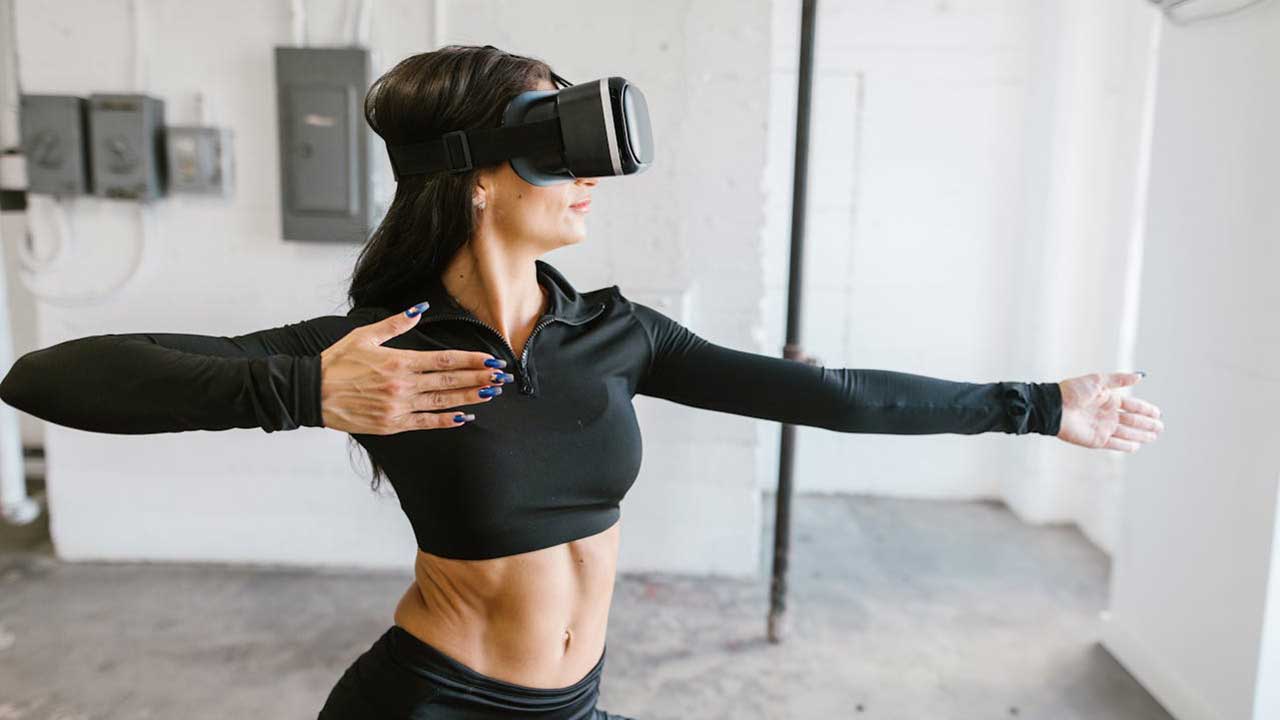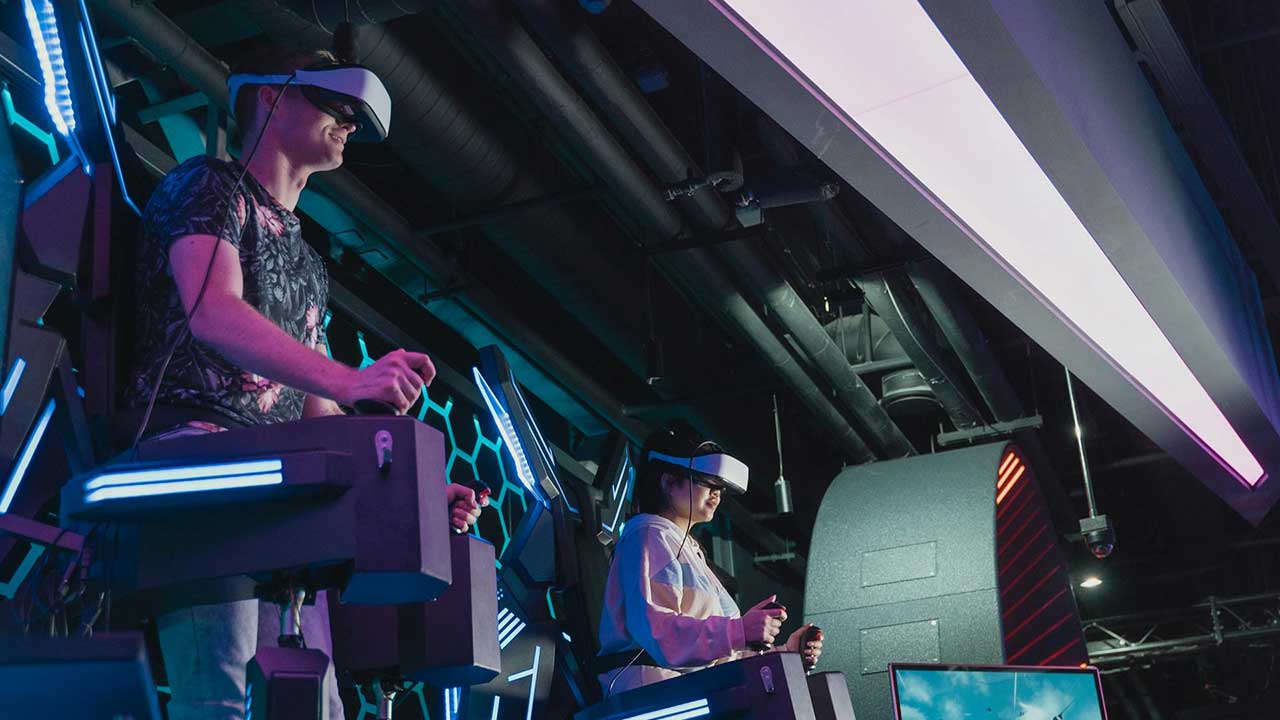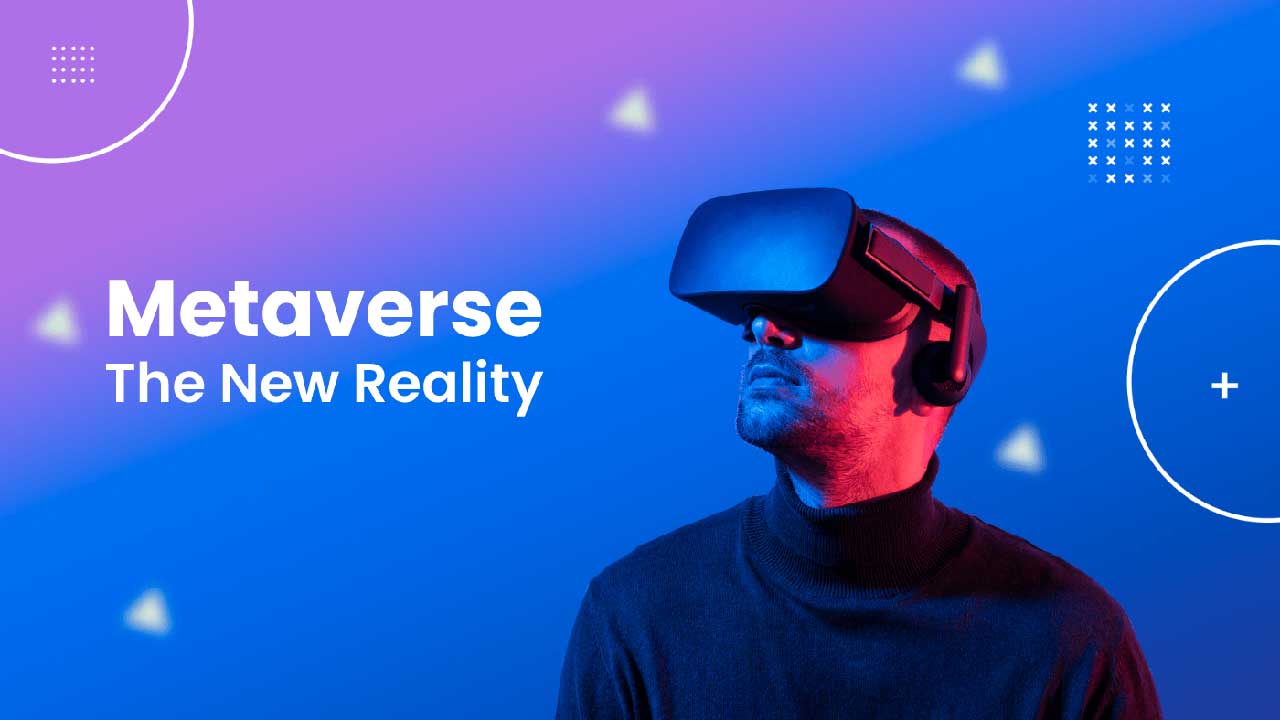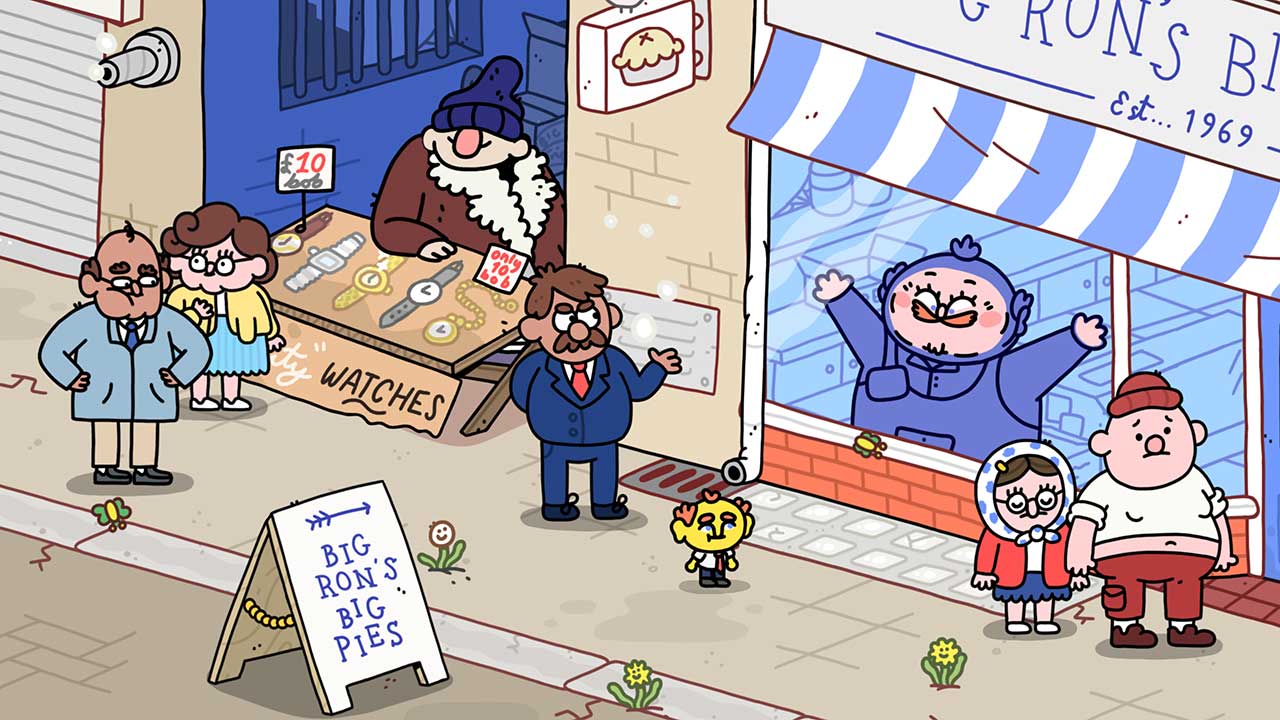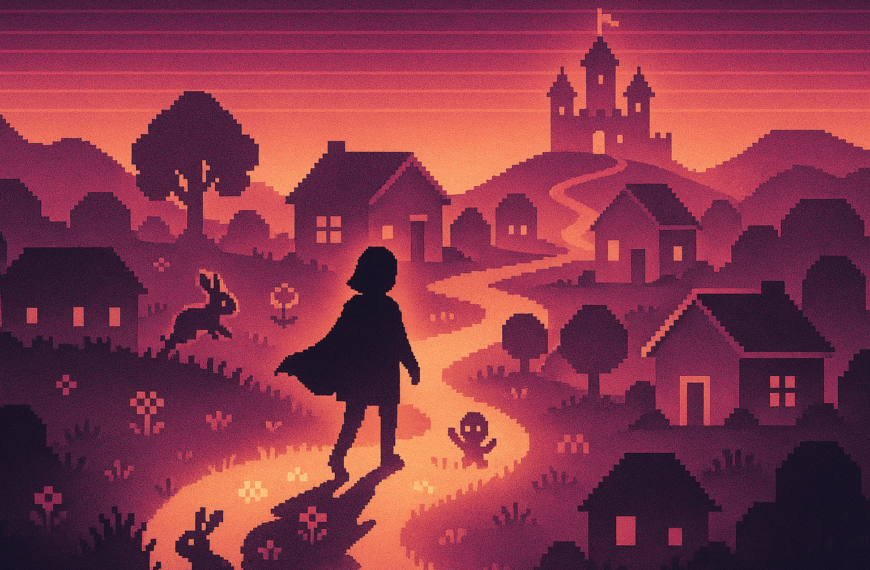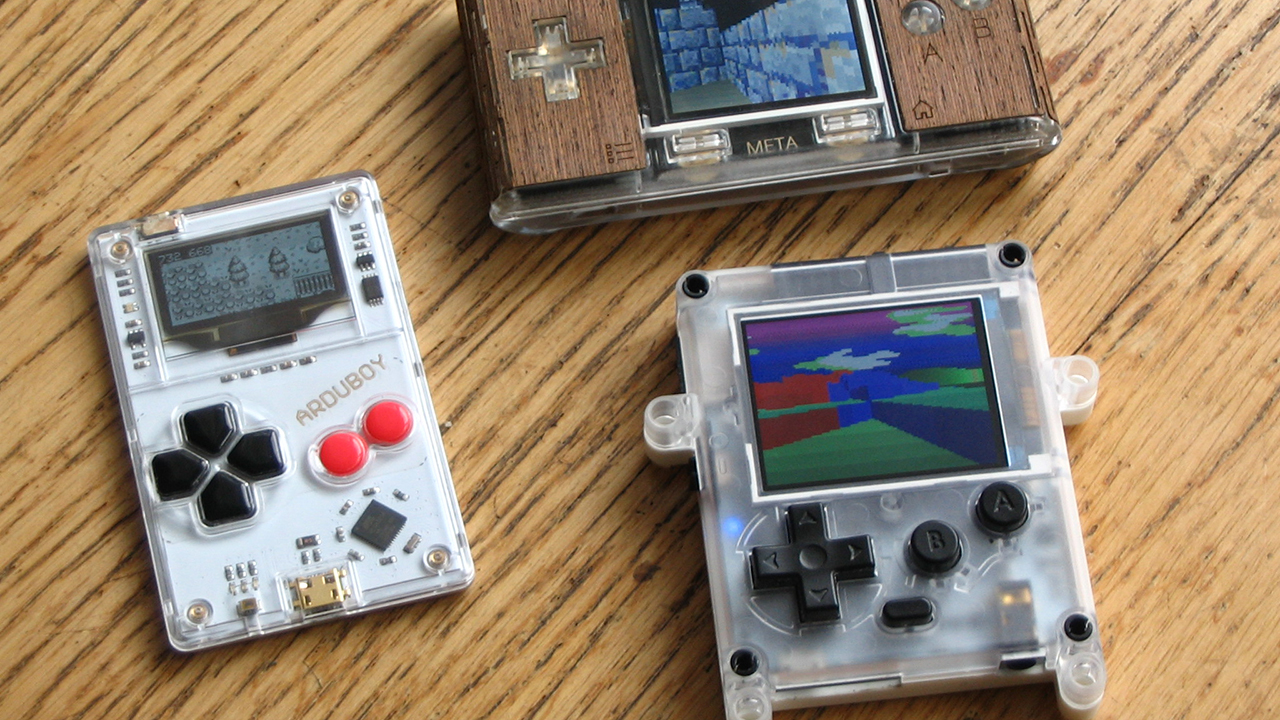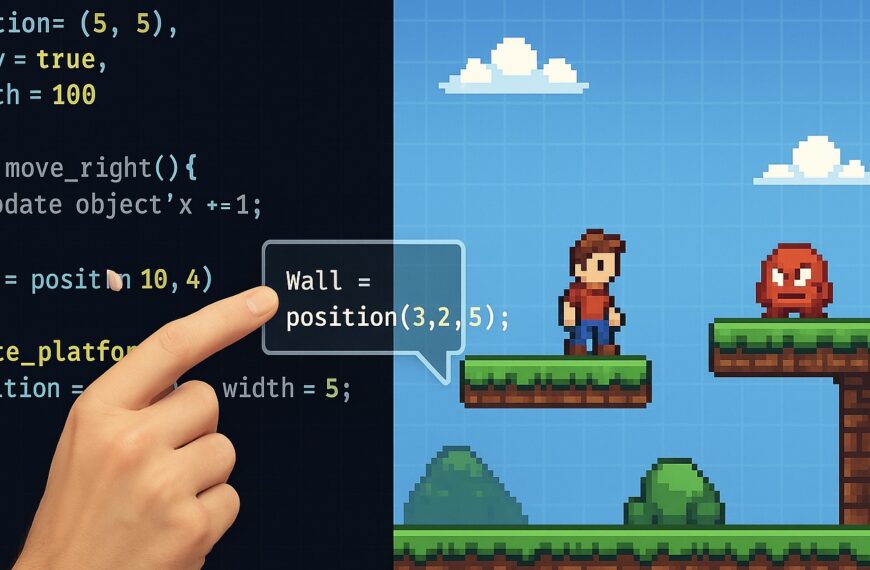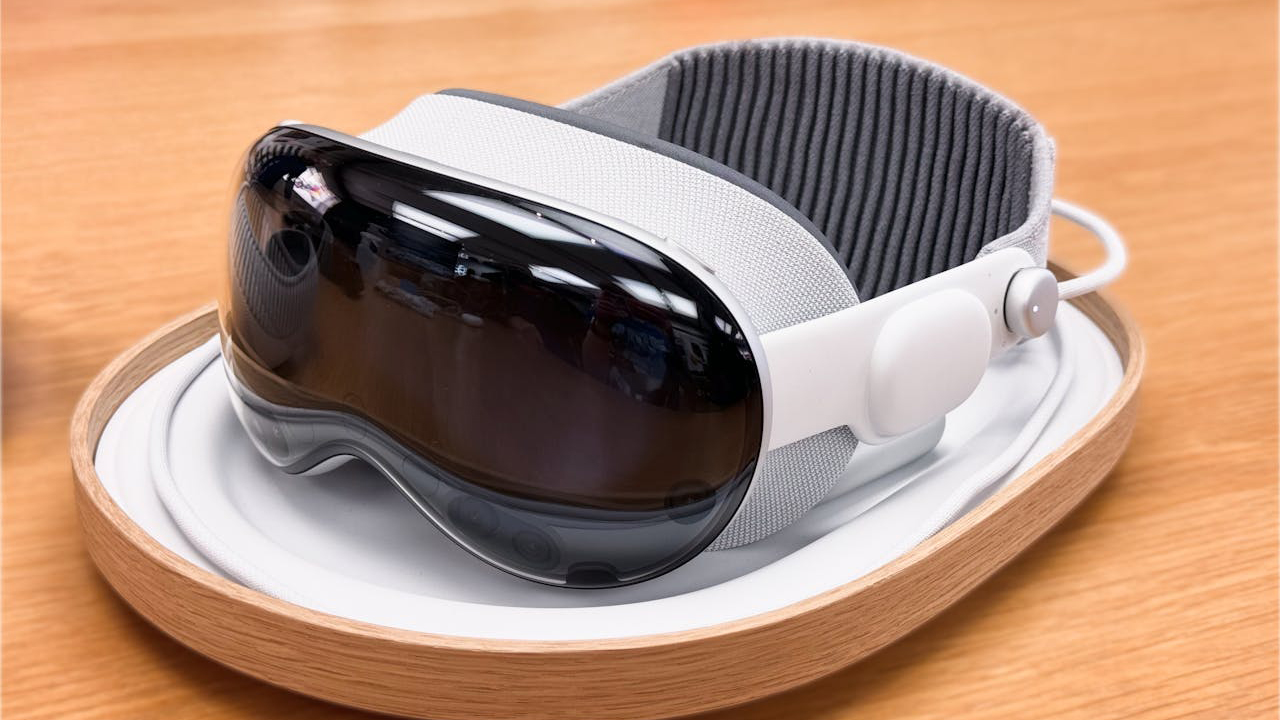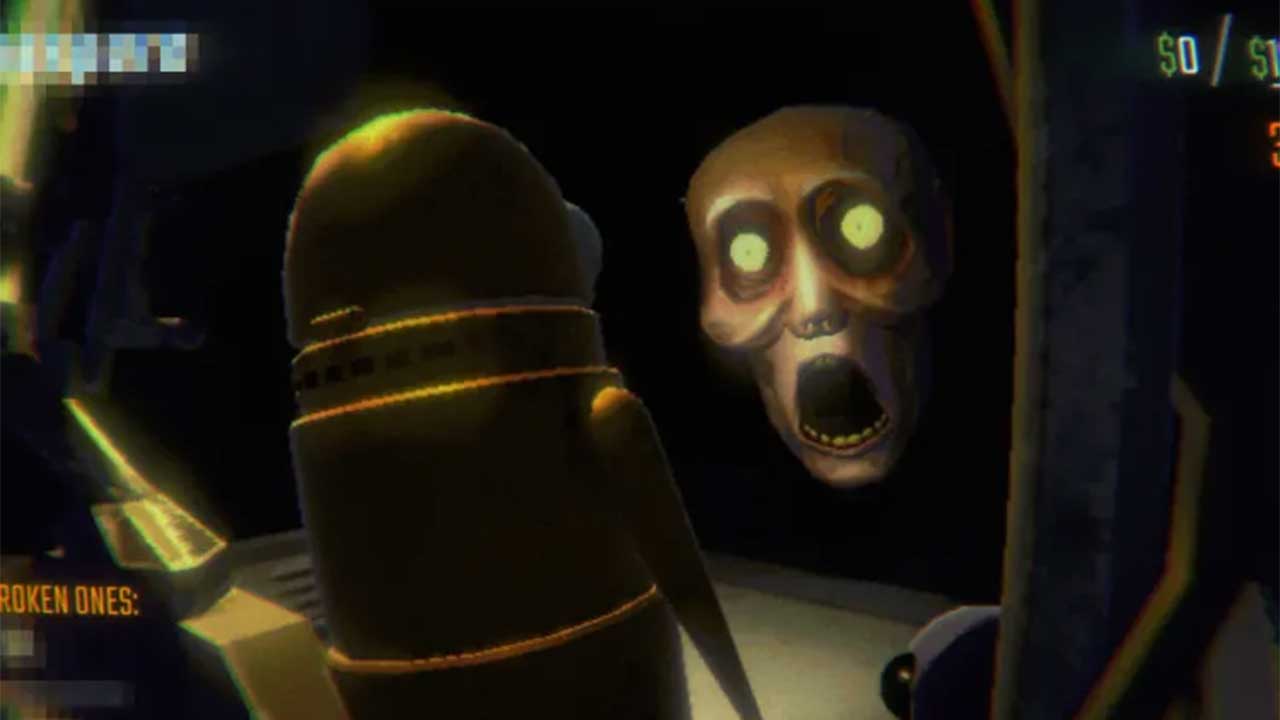Virtual reality (VR) multiplayer gaming has come a long way, but even in 2025, it often feels like the Wild West—unpredictable, unregulated, and sometimes downright chaotic.
Despite technological advancements, players frequently encounter issues that hinder the immersive experience VR promises.
Fragmented Player Bases and Empty Lobbies

One of the most frustrating aspects of VR multiplayer is the prevalence of empty lobbies. Games like Beat Saber have seen players struggle to find active matches, leading to diminished gaming experiences. This fragmentation is partly due to the lack of cross-platform play, which splits the player base.
In Green Hell VR, for example, the absence of crossplay between VR and flat-screen versions severely limited match availability, draining momentum from multiplayer quickly.
Cross-Platform Play: A Double-Edged Sword
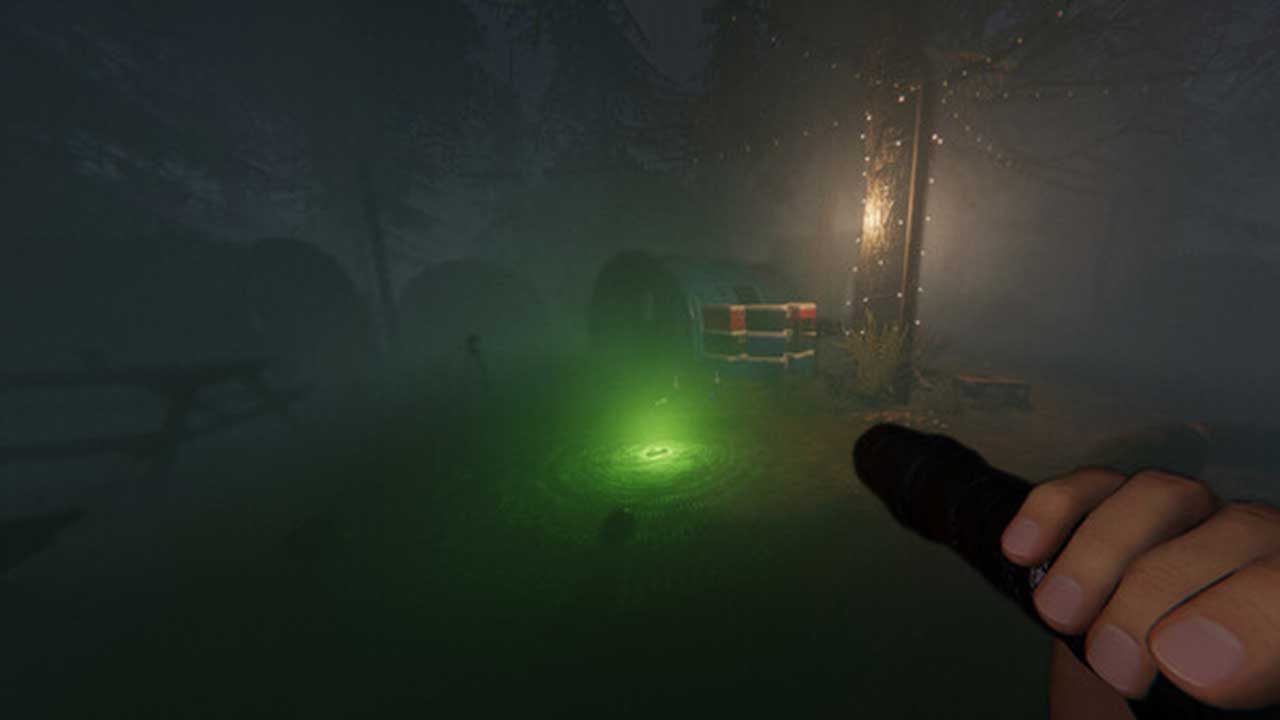
Crossplay aims to unify players across headsets and systems, but often ends up introducing new complications. Games like Phasmophobia have shown how compatibility issues can prevent smooth multiplayer connections between VR and non-VR players.
And even when the tech works, there’s a performance gap. Players using high-end rigs can unintentionally dominate matches, leaving those on lower-tier systems at a constant disadvantage.
Technical Hurdles and Development Challenges
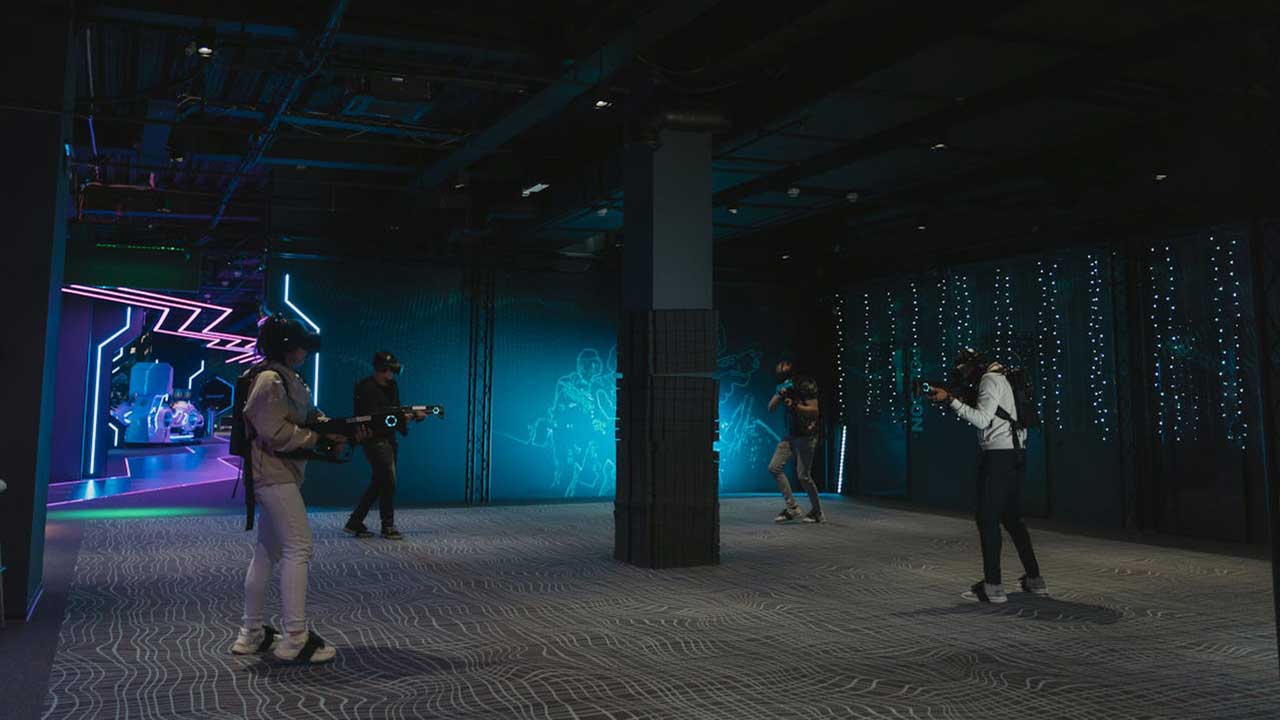
Developers working on VR multiplayer face a minefield of design problems that flat-screen games don’t. From syncing body tracking to keeping players immersed across networked sessions, the demands are high. These pain points were front and center at the Future Realities Summit, where industry leaders discussed the need for specialized solutions tailored to VR’s unique challenges.
Network latency, avatar desyncs, and inconsistent input tracking can all break immersion in seconds, turning what should be social and immersive into something clunky and frustrating.
Still a Frontier Worth Exploring
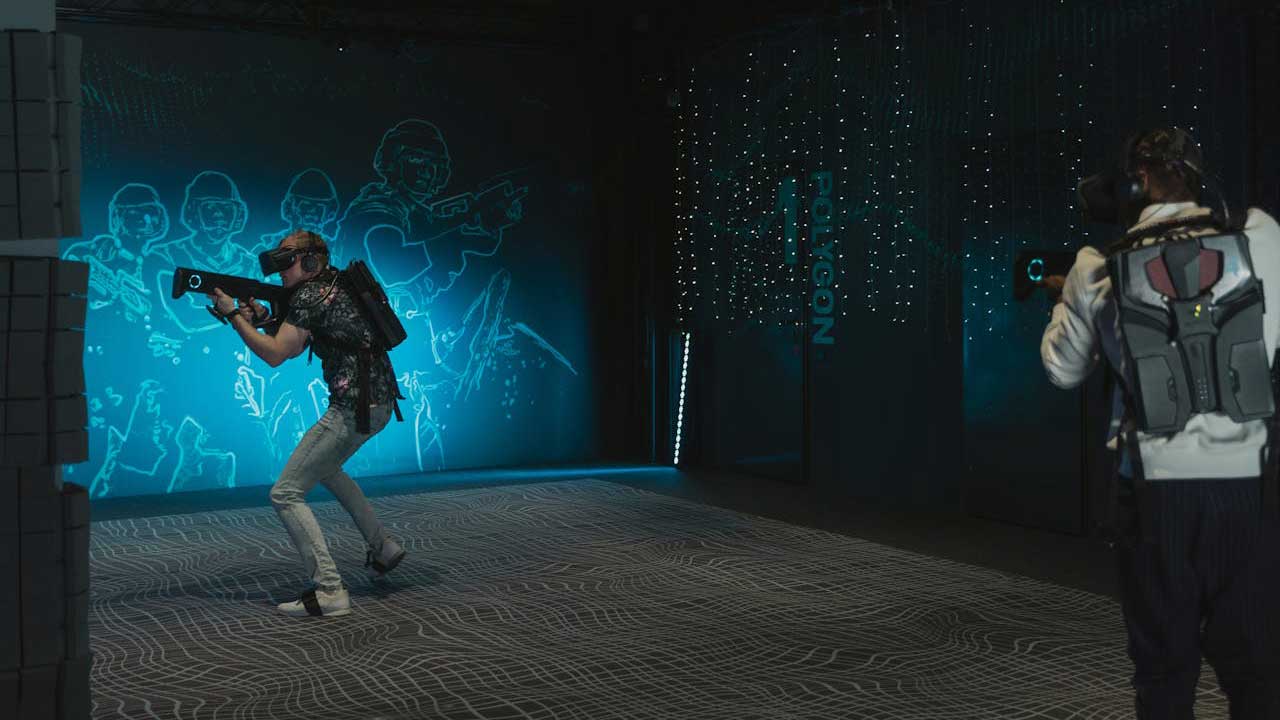
VR multiplayer is messy, sure—but that’s part of what makes it exciting. It’s still defining itself. To evolve, studios will need to close the gaps between platforms, optimize backend systems, and design smarter ways to keep players connected. The promise is there. The tools are catching up. But for now, it still feels like a digital frontier waiting to be tamed.
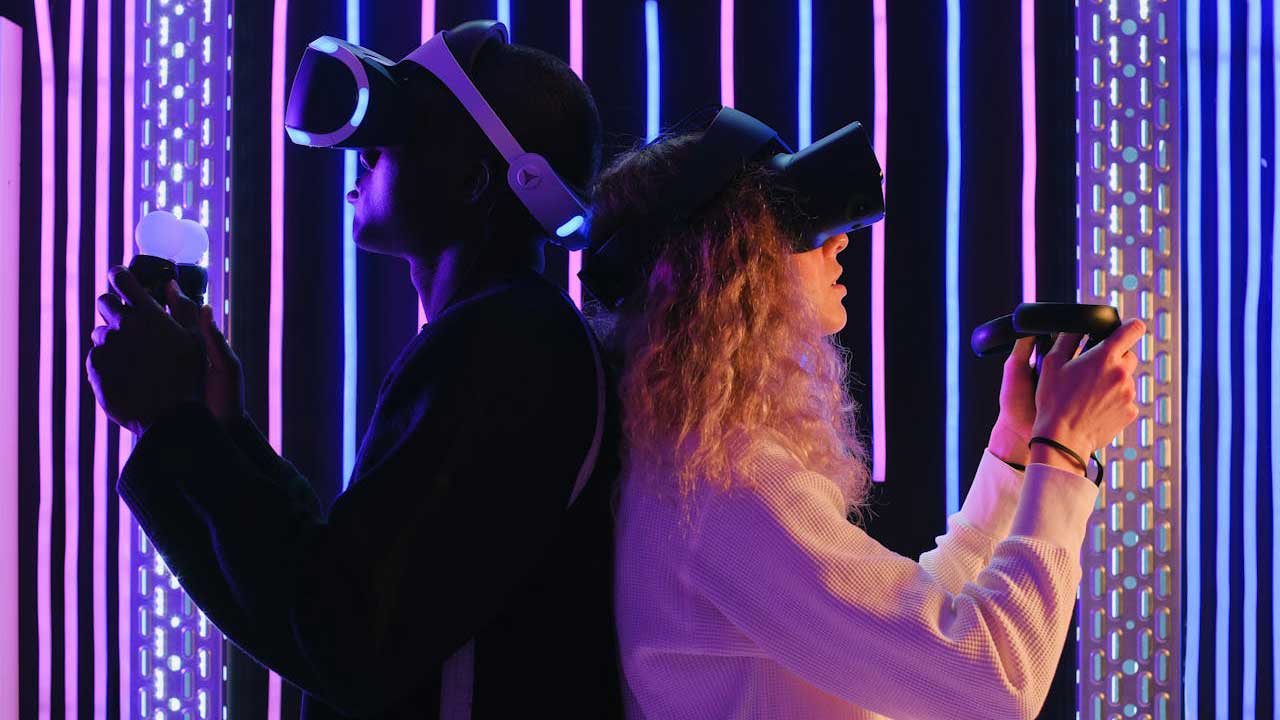
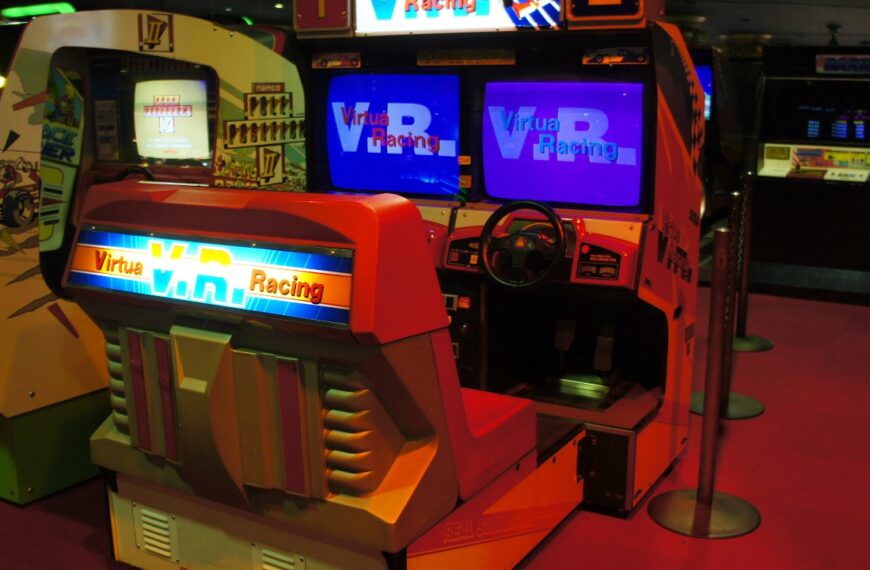
 By
By